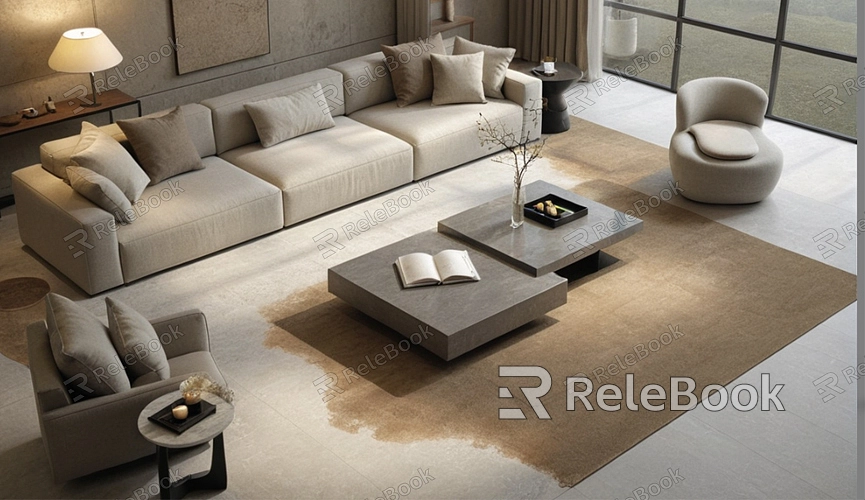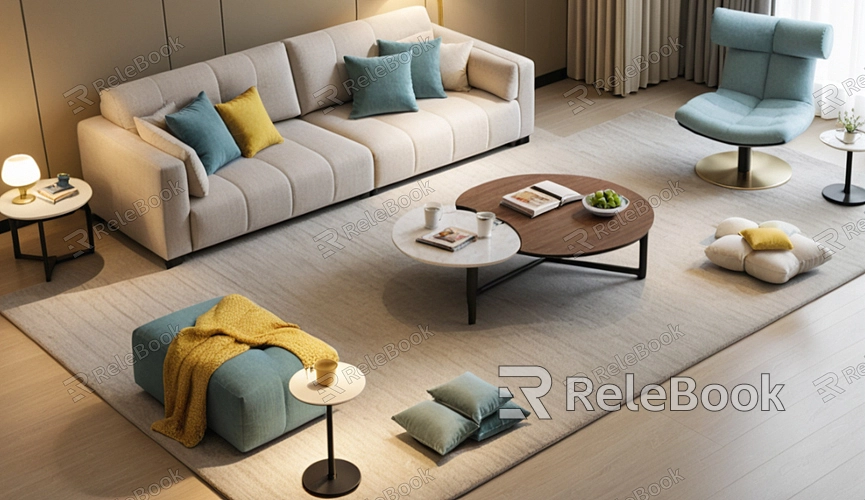What is 3D Design and Modeling?
In today's rapidly advancing technological era, 3D design and modeling have become essential tools across various fields. It not only brings creative ideas to life but also enhances visual effects and user experience. This article will delve into the definitions, processes, applications, and future developments of 3D design and modeling.

Definition of 3D Design
3D design is the process of creating three-dimensional graphics using computer software. These graphics can represent an object’s shape, size, and spatial relationships. Unlike traditional 2D design, 3D design adds depth and dimension, making the work more realistic. Designers can showcase objects in their true form through three-dimensional models.
The Process of 3D Modeling
3D modeling is the specific process of converting three-dimensional objects into digital models. This process typically includes several steps:
1. Concept Design
Before modeling, designers need to establish the concept of the object. This phase often involves sketches or hand-drawn images. Concept design is the foundation of the entire modeling process, determining the model's style and function.
2. Choosing Software
Designers need to select appropriate 3D software. Common options include Blender, Maya, and 3ds Max. Each software has its features, and designers can choose based on project needs and personal preferences.
3. Creating the Model
Model creation is the most crucial step. Designers use various tools and techniques to construct the required three-dimensional shapes. This process involves adjusting the relationships between vertices, edges and faces to ensure the model's accuracy and aesthetics.
4. Texturing and Materials
Once the model is complete, designers add textures and materials. These elements enhance the model's visual appeal, making it closer to real objects. By adjusting lighting and colors, designers can create different atmospheres.
5. Rendering
Finally, designers perform rendering. Rendering is the process of converting 3D models into images or animations. This process considers light sources, perspectives, and materials, making the final output more lifelike.

Applications of 3D Design and Modeling
3D design and modeling have extensive applications in various industries:
1. Film Production
In the film and animation industry, 3D design and modeling are indispensable. Designers create characters and scenes that bring stories to life. Visual effects often rely on 3D technology to enhance the viewer's experience.
2. Game Development
The gaming industry utilizes 3D models to build game worlds. Characters, environments, and props need to be modeled. High-quality 3D design can attract players and increase the game's immersion.
3. Architectural Design
Architects use 3D modeling to create visual representations of buildings. This method helps clients better understand design proposals, allowing for timely adjustments and reducing modification costs later.
4. Product Design
In product design, 3D modeling helps designers test and optimize their products. By creating prototypes, designers can evaluate both functionality and aesthetics effectively.
The Future of 3D Design and Modeling
As technology continues to advance, the future of 3D design and modeling holds endless possibilities. The development of virtual reality and augmented reality technologies offers new opportunities for 3D design. Designers can create more immersive experiences where users interact with the designs in virtual environments.
Additionally, the application of artificial intelligence is gradually changing the way 3D design is conducted. AI can assist designers in automatically generating models, optimizing design processes, and increasing efficiency.
3D design and modeling are complex yet creatively fulfilling technologies. Their application across multiple industries demonstrates their significance and versatility. With ongoing technological advancements, future 3D design will become more intelligent and efficient. If you are interested in 3D models and textures, visit the Relebook website to download relevant resources and embark on your design journey.
FAQ
What is the main difference between 3D design and modeling?
3D design is the process of creating three-dimensional graphics, while 3D modeling is the specific operation of converting these graphics into digital models.
What skills are needed to learn 3D design?
Learning 3D design requires proficiency in computer software, spatial visualization, color theory, and more.
What industries use 3D modeling?
3D modeling is widely used in film production, game development, architectural design, and product design.
How do I choose the right 3D software?
When selecting 3D software, consider personal needs, project requirements, and the software's user-friendliness.
What are the future trends in 3D design?
The future of 3D design will increasingly rely on virtual reality, augmented reality, and artificial intelligence, providing more immersive experiences.

